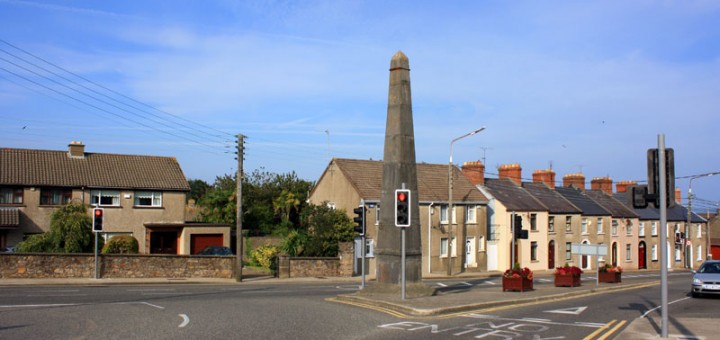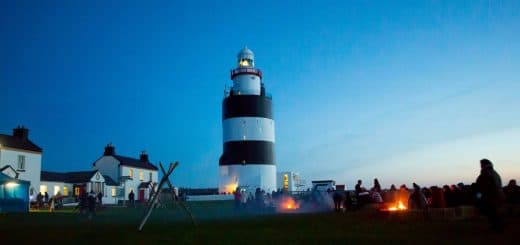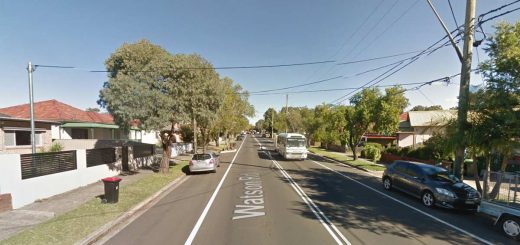
The Vallotton Monument is situated in Wygram in Wexford Town. The stone structure was built in 1793 by the Wexford Corporation as a memorial for Major Charles Vallotton, who was a British army officer that was killed during a scuffle with a large group of “rebels”.
In 1793, two men from Bunclody in County Wexford were arrested because of their refusal to pay taxes to the Anglican Church. As a result, they were taken to Wexford Town and imprisoned in Wexford Gaol. In response to this, their neighbours decided to take up arms and march on Wexford Town. Written records from the time suggest that this “mob” had been planning on breaking down the gates of the prison.
On the morning of this “riot”, officials in Wexford Town had received a threatening letter from an anonymous source. The letter, which wasn’t taken seriously at time, demanded the release of the two men that had been arrested in Bunclody. If these demands were not met; the author warned that an army of 3000 men would descend on Wexford and burn it to the ground.
Later that day, at around 3PM, a man on horseback strode into Wexford and informed the magistrates that a large group of people were heading towards the town and that they were wielding guns, pikes and makeshift weapons. This alarming news was immediately passed on to the military barracks, which assembled a group of 50 soldiers from the 56th regiment. The soldiers, who were led by Major Charles Vallotton, marched up towards the Upper John Street area with the intention of halting the insurgency.
At this point in the story, the details start to get a little muddy, as conflicting reports from the era attempted to pin the blame on different sides. What we do know, however, is that the two forces met at Wygram and that a fracas broke out between Major Charles Vallotton and a protester called John Moore.
During heated negotiations between the two men, Major Vallotton noticed that one of his soldiers, Lieutenant Buckby, had been taken hostage by the protesters. Enraged by the sight of one of his men being held captive, Vallotton immediately responded by plunging his sword into Moore, who in turn struck back with his scythe.
The fight, which ended quickly, resulted in both men receiving wounds that they would not recover from.
As Moore and Major Vallotton lay on the ground, the soldiers of the 56th regiment began to open fire on the protesters. 11 people were immediately killed, with a further 90 people dying of their wounds in the fields around Wexford Town. Later on, some of the those who had managed to escape the scene were found hiding out in a hayloft. Their punishment was death by hanging on Windmill Hill, which is just up past the old redbrick Corporation building on Belvedere Road (also known as the Tate School Building).
According to locals, the Vallotton monument has been never popular amongst the people of Wexford; many of who felt that it was hastily built in order to appease the British. In fact, the structure was so unpopular that people from the countryside used to chuck stones at it as they were entering the town, which might explain why the inscription on it is now illegible.
The events of the 11th of July, 1793, are sometimes referred to as the “First Rebellion”, with many historians believing that the shootings and executions helped to breed a sense of enmity that would eventually culminate in the rebellion in 1798.




